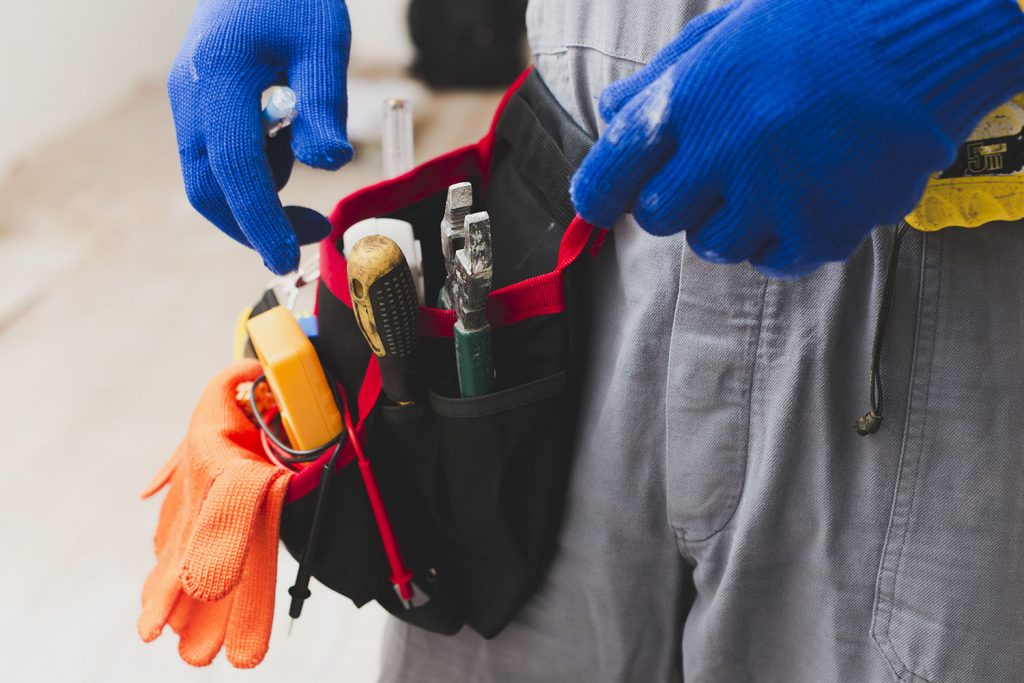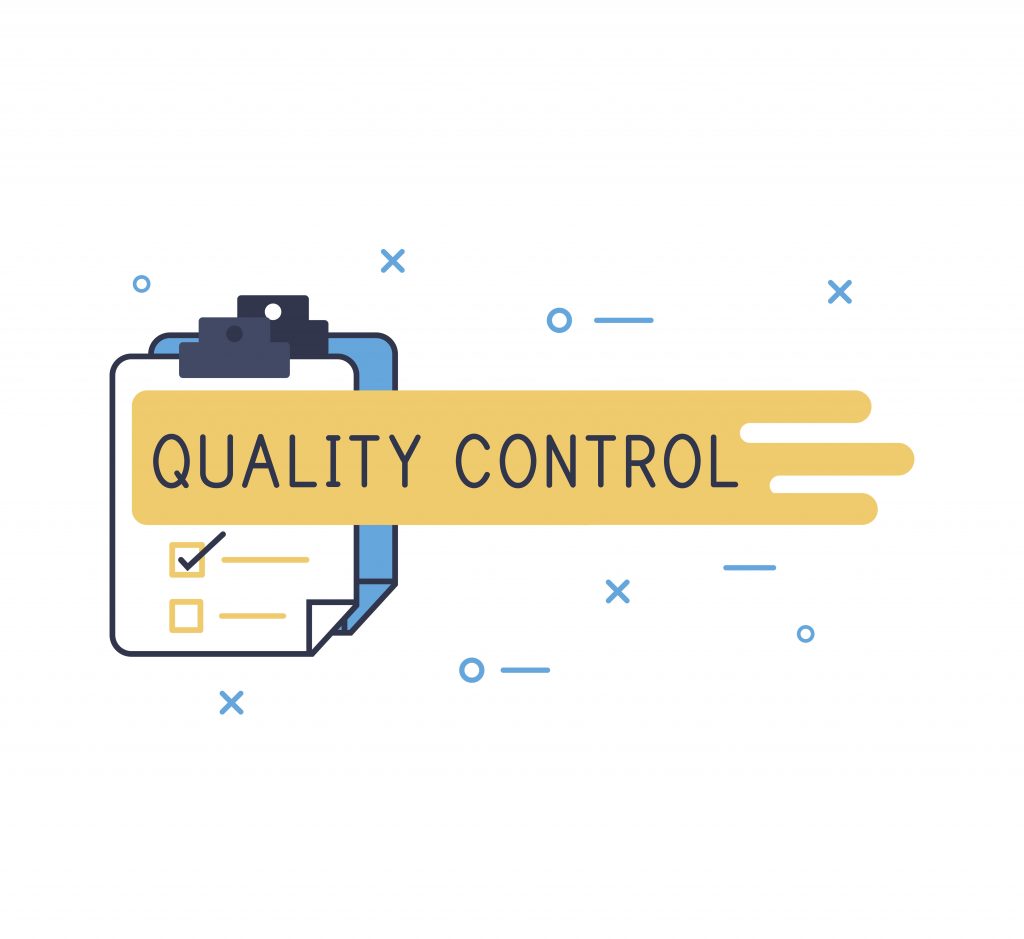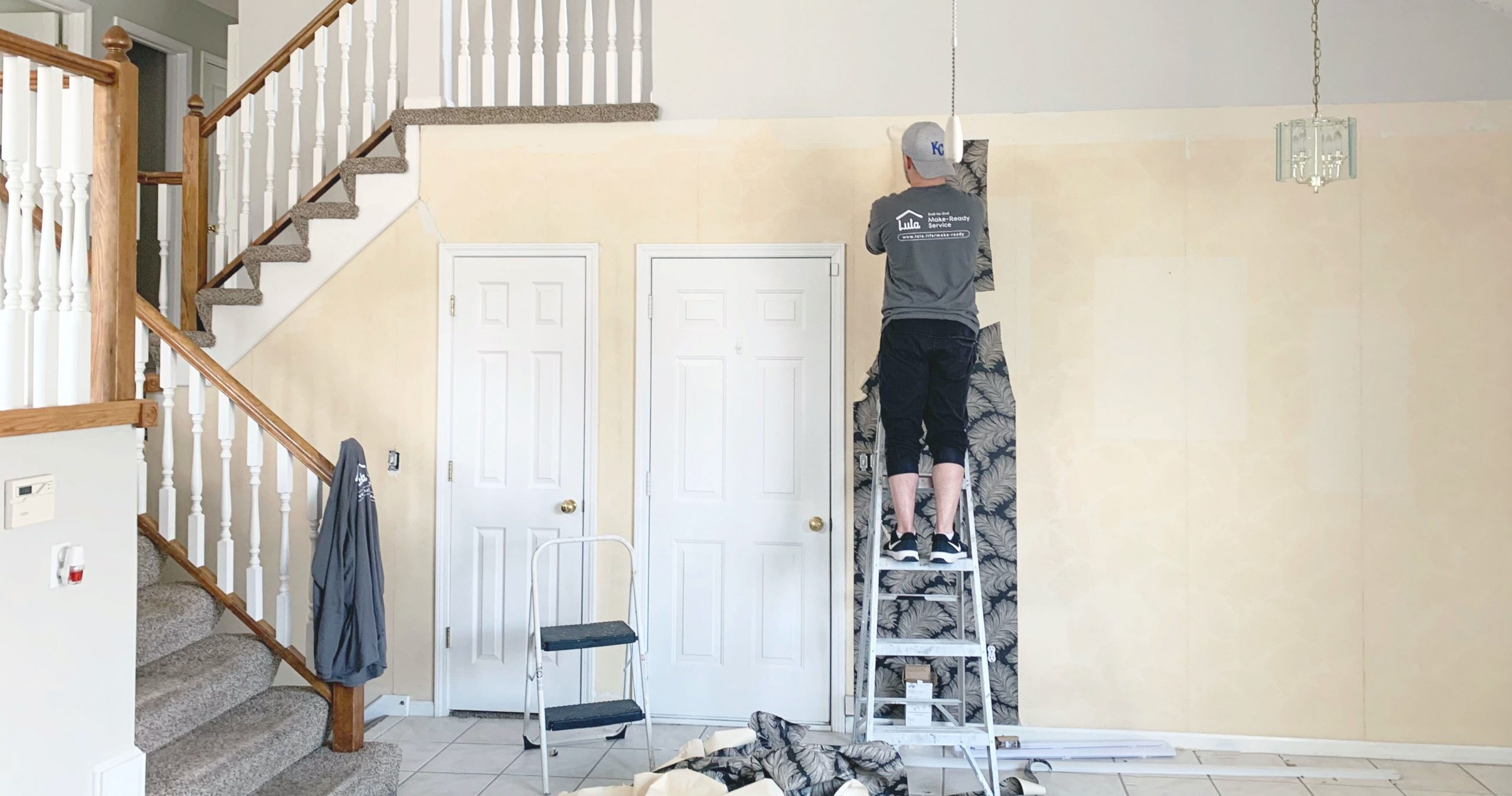If you’re reading this, you probably understand many of the reasons why a turnover gap exists in the first place. Extreme unit conditions, complicated vendor scheduling, pricing, and other maintenance tasks are just a few of the causes of turnover delays.
When you do a walkthrough of an property after a tenant moves out, a punch list of tasks is created that needs to be completed before the next resident moves in. If the punch list is long, it becomes easy to put off finishing the turn.
If you don’t have a resident waiting, you don’t want to spend the money and effort coordinating outside vendors to come and do the work. So you sit and wait on it while your maintenance team catches up on their work orders. Even then, maintenance teams are constantly running around fulfilling resident requests.
This common mistake causes a maintenance bottleneck, and it can be costly. What costs more to you, a month of missing rent? Or paying someone else to do it?
On some properties, the relationship between make-readies and regular maintenance causes a catch-22. Your maintenance team is being pulled in two different directions and choosing one over the other causes a dilemma.
Perhaps you can justify spending the money, but you can’t convince yourself that the effort is worth it. Coordinating with the painters, the HVAC pro, the cleaners, and your flooring guy can be complicated.
All of a sudden you find yourself on the phone all day with vendors trying to secure quotes and schedule work.
Property managers are always looking for ways to maximize their maintenance efficiency. With that being said, here are some of the best ways to cut down on rental property turnover time.
Hiring a Make-Ready Technician
For properties that are large enough (or profitable enough), hiring or designating a make-ready technician can considerably decrease the time it takes to turn over a unit.

The designation method will allow a property to have someone committing all of their time to managing and completing make-readies. It saves the regular maintenance team time while saving the property manager the headache.
However, unless they are HVAC/plumbing certified, they probably won’t be able to complete the entire turnover without bringing in an outside vendor.
Properties with newer units won’t have to worry about HVAC maintenance as much, but it’s a good idea to implement some preventive processes.

Preventive Maintenance
“True prevention is not waiting for bad things to happen, it’s preventing things from happening in the first place.”
– Don McPherson
Scheduling times during the year to take care of preventive maintenance achieves 2 things:
- It reduces the chance that a large repair will occur;
- It eliminates that task off of the turnover checklist down the road
If the property you manage isn’t currently performing preventive maintenance, it might be time to start. It is an immediate expense, but it will save you money in the long-term.
Operational Efficiency
Whenever I’m working on a DIY project, I spend half of my time looking for a pencil or the tool I just set down. That’s a flaw in my operational efficiency. I wonder how much time I would save if I kept it attached to me?
The first step in achieving operational efficiency is establishing a turnover process. You need to create a general guideline for how you perform the turnover tasks. If you create something consistent, it is easier to build repeatable processes.

From there, monitor a few turns and identify the areas where time is lost. For example, some properties have ovens without a self-cleaning feature. Wasting four hours scrubbing an oven does not produce efficiency. Perhaps it’s time to update the oven ranges.
I know what you’re thinking, “I don’t have the money in our budget to update every oven.” While that’s true, also remember that this is an article about cutting down on turnover time, not saving money. Sometimes you have to invest to improve.
Other examples can be small, like losing a pencil or painting techniques. Every little bit of time saved can help you reduce turnover time.
Predictive Inventory
If you’ve been involved in maintenance for a while, you probably have an idea of what tools and materials are required to perform a make-ready.
Inventory forecasting is not a new concept. Retail and product sales have been using inventory forecasting for decades. If you’re selling a product, you want to have enough product on hand to supply your buyers. Maintenance can work the same way. By keeping a supply of commonly used items and materials on-site, you can cut down on the time it takes estimating and ordering supplies in the future.
If you want to go a step further, you can adopt a form of maintenance metrics. Start recording data points and analyze how much of your materials you will need for future turns.

If unit A requires 7 gallons of paint for a complete repainting, and unit B is the same floorplan, you can expect unit B to also require 7 gallons of paint. Recording these data points can help you cut down on waste and prepare you for when a resident moves out.
Keep a healthy supply of your property’s paint color, hardware, parts, and more in a maintenance closet. Predictive inventory costs more up-front, but it can save money in the long run because of bulk prices and the time it saves.
If you store all of the equipment and supplies on-site, you don’t have to wait on orders, deliveries, or hardware store runs. Which eliminates wasted time when it comes to turns.

Set Quality and Condition Standards
Training your team to diagnose and determine the condition of certain things will speed up the inspection process. Along with that, create a set of condition standards that will help your team effectively assess unit conditions.
For example, maybe a unit is in good condition besides a few marks on the walls. Is it worth repainting the entire unit? No, touch-ups will work just fine.
What about the flooring? What amount of dirt or damage can be cleaned rather than replaced? Which is cheaper and quicker? Use the data and knowledge you have from previous units to determine how to proceed with the flooring on this turn.
Lula’s Turnover Solution
Lula offers a turnkey rental property turnover service. We handle everything, starting with the inspection, all the way until you hand the next resident the key.
How does it reduce turnover time?
First of all, we work with you to make sure we meet all of your deadlines. Second, we harness a mix of our W-2 staff as well as our network of fully-vetted vendors and optimize the service schedule to make sure everything is done within specific standards.
There have been situations where we have completed an entire turnover in under 24 hours. For larger turns, we can finish within a 72-hour window.

What does that process look like?
Our team goes in and does an inspection. This inspection would look and feel similar to a common move-out inspection. We check the appliances, the water, the carpet/flooring, the walls, the lights, and more. It’s a thorough walkthrough where we can assess what needs to be done before a resident can move in.
Next, we send you our inspection with a quote. With that, you can pick and choose what you want our team to do.
From there, we utilize our network of approved providers to quickly complete your turnover. We handle all of the scheduling, managing, logistics of the work. All you have to do is focus on getting that next lease signed!
Do you own or manage a property? How do you reduce the turnover gap? Let us know what we missed in the comments.
Anything found written in this article was written solely for informational purposes. We advise that you receive professional advice if you plan to move forward with any of the information found. You agree that neither Lula or the author are liable for any damages that arise from the use of the information found within this article
